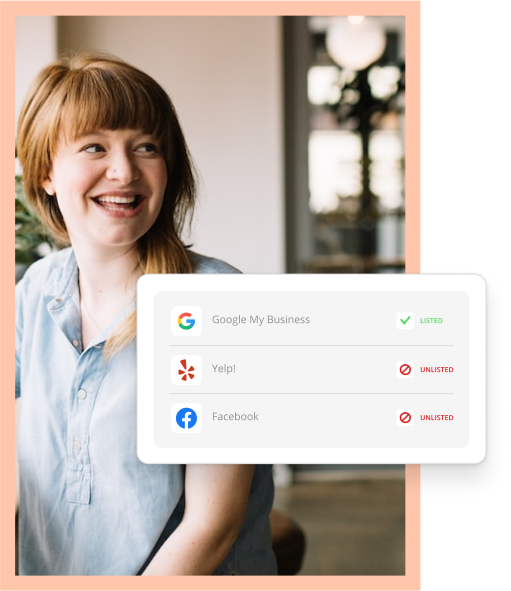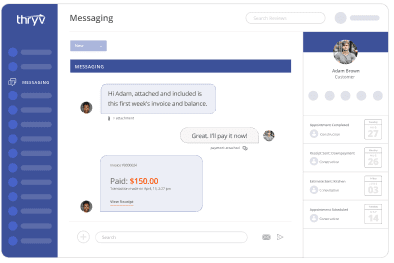Three years ago, four friends from The Wharton School in Philadelphia founded Warby Parker, a boutique eyewear business. They envisioned an online retailer specializing in high-quality eyewear for a flat $95 price. This past weekend, Warby Parker opened its first flagship store, located in New York City’s SoHo district. The company’s expansion from online to brick-and-mortar may be indicative of a broader trend among small businesses.
Warby Parker’s founders were inspired by a meeting with J. Crew CEO Mickey Drexler, in which Drexler encouraged them to open a brick-and-mortar store. The strategy was to provide consumers with multiple points-of-entry to the Warby Parker brand. It also involves leveraging the extensive consumer data that the company has collected via its online presence with what the owners can collect from customers who visit their new flagship store.
“We have a lot of data that indicates that having a physical presence makes sense from both a branding perspective and helps drive sales and profits for the company,” says Warby Parker co-founder David Gilboa.
Part of what motivated the offline expansion was also the challenge of creating an atypical shopping experience. Warby Parker’s store is filled with glasses that are easily accessible to customers, and it includes a photo booth where people can print and email images of themselves wearing potential new eyewear. The store also utilizes an online check-in system, whereby customers can sync their physical store experience with their online shopping experience.
Other online retailers have experimented with brick-and-mortar locations, including Piperlime (a division of the Gap), handmade goods seller Etsy, and Ebay. Forrester Research analyst Sucharita Mulpuru says the advantage of having a physical presence for any business is that “All five of your senses come alive in the store, the web only has sight. That is a big difference.”
Still, many online businesses cannot expand to physical locations because the capital investment required is simply too great. Opening a new store can cost $500,000 or more, according to Mulpuru. A popular alternative, she says, is to open a “store in a store”–meaning a smaller retail space within an already established chain.
David Gilboa predicts that “the future of our business and all retail is going to have some online component and some offline component. And we think ecommerce is going to continue to take share in all retail categories, but it’s never going to be 100 percent.”
Sources:
Andrianova, Anna. “Warby Parker: Cool Glasses in a New SoHo Retail Store.” CNBC, 4/14/13.
Clark, Patrick. “Online Sellers Experiment More with Brick-and-Mortar Shops.” Bloomberg Businessweek, 4/16/13.




